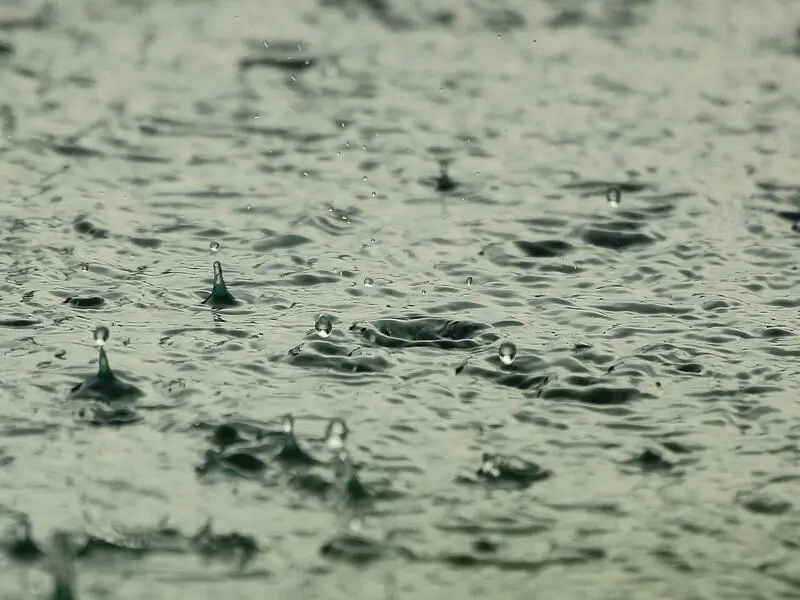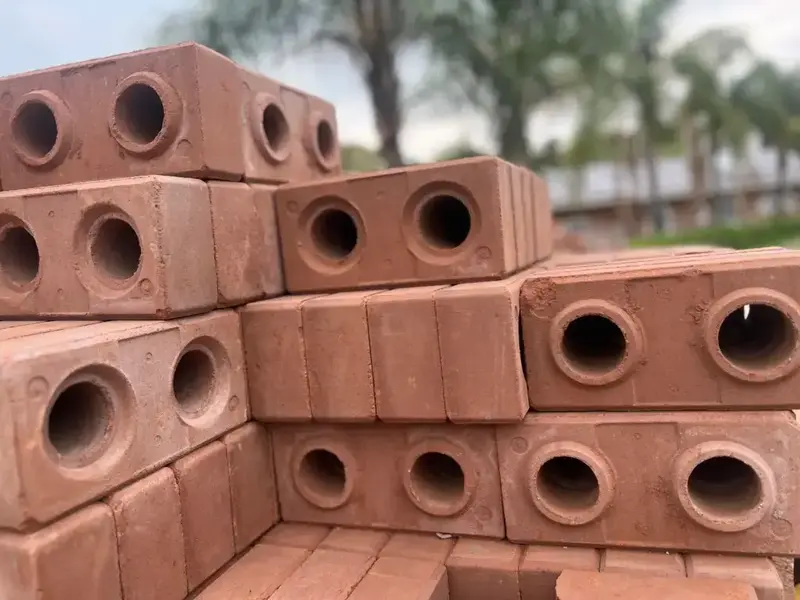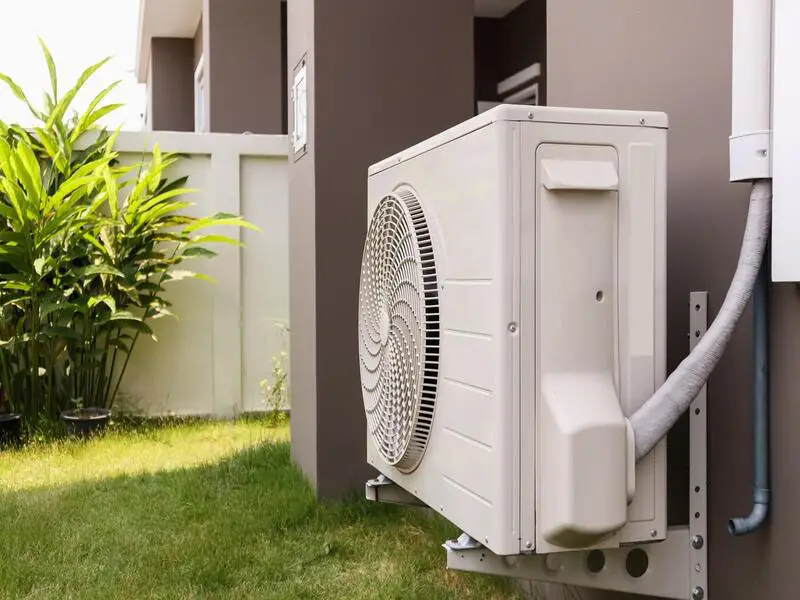Rainwater is a valuable resource that can be used for a variety of purposes. By collecting and utilizing rainwater at home, you can save money, reduce your water bills, and help the environment. In this article, we will discuss the benefits of rainwater harvesting and provide practical tips on how to collect and use rainwater at home.
Benefits of Rainwater Harvesting
Rainwater harvesting offers many benefits for both the environment and the homeowner. Some of the benefits include:
1. Cost savings
Collecting and using rainwater can result in significant cost savings for homeowners. Unlike tap water, which is supplied by municipalities and often subject to price increases, rainwater is free and abundant. By using rainwater for various household tasks, homeowners can reduce their water bills and save money in the long run. For example, using rainwater for irrigation can significantly reduce the amount of municipal water needed to water lawns and gardens, which can result in substantial savings over time.
Similarly, using rainwater to flush toilets can reduce water bills by a significant margin, as toilet flushing accounts for a significant portion of household water use. Additionally, rainwater can be used for washing clothes and household cleaning tasks, further reducing water bills. Overall, the cost savings associated with collecting and using rainwater make it an attractive option for homeowners looking to reduce their water bills and save money.
2. Environmental benefits
Rainwater harvesting offers several environmental benefits. One of the most significant benefits is reducing the demand for municipal water supplies. During times of drought or water scarcity, this can be especially important. By using rainwater, homeowners can help to conserve municipal water supplies, which can help to ensure that there is enough water for essential uses such as drinking, cooking, and cleaning.
Another environmental benefit of rainwater harvesting is reducing stormwater runoff. When rain falls on impervious surfaces such as roofs, driveways, and sidewalks, it cannot be absorbed into the ground. Instead, it runs off into storm drains, which can lead to flooding, erosion, and water pollution. By collecting rainwater, homeowners can help to reduce the amount of stormwater runoff and alleviate some of these problems.
Additionally, rainwater harvesting can also be beneficial for the environment in other ways. For example, by using rainwater for irrigation, homeowners can reduce the demand for tap water, which can be treated with chemicals and minerals that can be harmful to plants and soil. Using rainwater for car washing and household cleaning can also help to reduce the amount of harmful chemicals that are released into the environment.
3. Improved plant health
Using rainwater for irrigation can lead to improved plant health and growth due to the absence of harsh chemicals and minerals found in tap water. Tap water often contains chlorine and other chemicals that can harm plants, especially those with delicate root systems. Rainwater, on the other hand, is naturally soft and free of these minerals and chemicals. It also contains nitrogen, which is an essential nutrient for plant growth. Using rainwater for watering plants can lead to healthier and more vibrant foliage, as well as improved soil quality.
In addition, rainwater can also be used to create compost tea, a natural fertilizer for plants. Compost tea is made by steeping compost in water and allowing it to ferment. The resulting liquid can then be used as a fertilizer for plants, providing essential nutrients and promoting healthy growth.
How to Collect Rainwater
Collecting rainwater is a simple process that can be done using a variety of methods. Some of the most popular methods include:
1. Rain barrels
Rain barrels are simple devices used to collect and store rainwater. They are usually made from plastic or metal and are available in different sizes and designs, ranging from small 50-gallon barrels to larger 300-gallon tanks. The most common design consists of a large drum that is placed under a downspout of a gutter system to capture and store rainwater runoff from the roof.
Rain barrels can be purchased at garden centers or home improvement stores, or can be made at home with basic tools and materials. They come with a variety of features, such as spigots for easy access to the water, screens to filter out debris and prevent mosquito breeding, and overflow valves to redirect excess water away from the foundation of the home.
One of the biggest benefits of using a rain barrel is that it is a cost-effective way to collect and store rainwater for use in gardening and landscaping. This can help to reduce water bills and save money in the long run. Rainwater collected in barrels is also free of the chemicals and minerals commonly found in tap water, making it better for plant growth and overall health.
Rain barrels are easy to install and require minimal maintenance. They should be regularly cleaned to prevent buildup of debris and contaminants, and the water should be periodically used or drained to prevent stagnant water and mosquito breeding. Proper installation and use of a rain barrel can help to conserve water, reduce runoff, and benefit the environment.
2. Cisterns
Cisterns are a great option for those who want to collect and store a larger amount of rainwater. They come in various sizes and can hold hundreds or even thousands of gallons of water. Cisterns can be made from different materials such as concrete, plastic, or metal. The size and type of cistern you choose will depend on the amount of rainwater you want to collect and how you plan to use it.
One advantage of cisterns is that they can be buried underground, which can save space and provide insulation to prevent water from freezing during the winter. This also means that the water can be kept cool during hot summer months, which can be beneficial for some uses such as irrigation.
Cisterns can be connected to a pump or gravity-fed to supply water to your home. With a pump, you can use the rainwater for indoor uses such as flushing toilets and washing clothes. If you prefer to use gravity to supply water, the cistern should be placed on higher ground than the area where you want to use the water.
Cisterns can be more expensive than rain barrels, but they offer the advantage of storing a larger amount of water. They are also more durable and can last for many years with proper maintenance.
3. Rain gardens
Cisterns are a great option for those who want to collect and store a larger amount of rainwater. They come in various sizes and can hold hundreds or even thousands of gallons of water. Cisterns can be made from different materials such as concrete, plastic, or metal. The size and type of cistern you choose will depend on the amount of rainwater you want to collect and how you plan to use it.
One advantage of cisterns is that they can be buried underground, which can save space and provide insulation to prevent water from freezing during the winter. This also means that the water can be kept cool during hot summer months, which can be beneficial for some uses such as irrigation.
Cisterns can be connected to a pump or gravity-fed to supply water to your home. With a pump, you can use the rainwater for indoor uses such as flushing toilets and washing clothes. If you prefer to use gravity to supply water, the cistern should be placed on higher ground than the area where you want to use the water.
Cisterns can be more expensive than rain barrels, but they offer the advantage of storing a larger amount of water. They are also more durable and can last for many years with proper maintenance.

How to Use Rainwater
Once you have collected rainwater, there are many ways to use it around your home. Some of the most common uses include:
1. Irrigation
One of the most common and practical uses of rainwater is for irrigation. Using collected rainwater for watering plants, lawns, and gardens is an excellent way to conserve water and reduce your reliance on municipal water supplies.
Rainwater is particularly useful for watering plants that are sensitive to minerals and chemicals found in tap water. This is because rainwater is naturally soft and free from many of the contaminants that can be found in tap water, such as chlorine and fluoride.
To use rainwater for irrigation, you will need to connect your rainwater harvesting system to an irrigation system or hose. You can then use this water to water your plants, lawns, and gardens as needed.
One important thing to keep in mind when using rainwater for irrigation is to avoid overwatering your plants. It can be tempting to use a lot of water, especially if you have a large supply of collected rainwater. However, overwatering can actually be harmful to your plants and lead to root rot and other issues.
To avoid overwatering, it is important to monitor the moisture levels in your soil and adjust your watering schedule accordingly. You may also want to consider using drip irrigation systems, which deliver water directly to the roots of your plants in a slow and controlled manner.
2. Toilet flushing
Toilet flushing is one of the largest contributors to household water usage, accounting for up to 30% of total water consumption in some homes. This can be a significant drain on both your wallet and the environment.
One way to reduce your toilet water usage is by using rainwater to flush your toilets. This is a simple and effective way to conserve water and reduce your reliance on municipal water supplies.
To use rainwater for toilet flushing, you will need to connect your rainwater harvesting system to your toilet tank. This can be done using a simple diverter valve, which allows rainwater to flow directly into the toilet tank when it is available.
Using rainwater for toilet flushing can help to reduce your water bills and save money in the long run. It can also help to reduce the strain on municipal water supplies, particularly during times of drought or water shortages.
However, it is important to keep in mind that rainwater may not be suitable for all toilet flushing applications. If you plan to use rainwater for toilet flushing, you should ensure that your system is properly installed and that your rainwater is properly filtered and treated to remove any contaminants.
3. Laundry
Laundry is another major contributor to household water usage, accounting for up to 15% of total water consumption in some homes. By using rainwater for washing clothes, you can reduce your water bills and conserve municipal water supplies.
Rainwater is especially useful for washing clothes that are heavily soiled, as it contains fewer minerals and chemicals than tap water. This can help to extend the life of your clothes and reduce the need for harsh detergents and chemicals.
To use rainwater for laundry, you will need to connect your rainwater harvesting system to your washing machine. This can be done using a simple diverter valve or a dedicated rainwater pump.
Using rainwater for laundry can help to reduce your water bills and save money in the long run. It can also help to reduce the strain on municipal water supplies, particularly during times of drought or water shortages.
However, it is important to keep in mind that rainwater may not be suitable for all laundry applications. If you plan to use rainwater for laundry, you should ensure that your system is properly installed and that your rainwater is properly filtered and treated to remove any contaminants.
4. Car washing
Washing your car is another activity that can consume a lot of water. On average, washing a car with a hose and bucket can use up to 150 gallons of water. By using rainwater to wash your car, you can reduce your water bills and help to conserve municipal water supplies.
Using rainwater to wash your car is also beneficial for the environment, as it helps to reduce stormwater runoff. Stormwater runoff can carry pollutants, such as oil, grease, and chemicals, from your car into nearby waterways, which can harm aquatic life and contaminate drinking water sources. By using rainwater to wash your car, you can help to reduce the amount of pollutants that enter our waterways.
To use rainwater for washing your car, you will need to connect your rainwater harvesting system to a hose and nozzle. This can be done using a simple diverter valve or a dedicated rainwater pump.
When using rainwater to wash your car, it is important to use a biodegradable soap or cleaning solution. This will help to minimize the impact on the environment and reduce the amount of pollutants that are carried into our waterways.
5. Household cleaning
Rainwater can be a great resource for household cleaning tasks, such as washing windows, floors, and outdoor furniture. When compared to municipal water supplies, rainwater typically contains fewer minerals and chemicals, making it a great option for cleaning tasks that require large amounts of water. In addition, rainwater is free, so using it for cleaning can help to reduce your water bills.
To use rainwater for cleaning tasks, you can simply collect it in a clean container and transfer it to a spray bottle or bucket. For outdoor furniture and decks, you can use a hose attachment to apply the rainwater. However, it is important to note that rainwater should not be used for cleaning surfaces that come into contact with food, as it can be contaminated with bacteria and other pollutants.
Tips for Rainwater Harvesting
To get the most out of your rainwater harvesting system, it is important to follow a few tips:
1. Keep your system clean
Keeping your rainwater harvesting system clean is essential for maintaining the quality of the water you collect. Over time, debris and sediment can accumulate in your system, providing an ideal environment for algae and bacteria growth. This can lead to foul odors, discoloration, and even health risks if the water is used for drinking or bathing.
To prevent these issues, it is important to regularly clean your rainwater harvesting system. This can be done by flushing out the system with clean water or using a treatment product designed to prevent algae and bacteria growth.
To flush out your system, start by turning off your downspouts and disconnecting any hoses or attachments. Next, remove any debris or sediment from your collection tanks or cisterns. You can use a garden hose or a pressure washer to flush out the system, making sure to remove any remaining debris.
If you prefer to use a treatment product, choose one that is designed for rainwater harvesting systems and follow the manufacturer’s instructions carefully. These products are typically added directly to your collection tanks or cisterns and can help to prevent algae and bacteria growth.
2. Use a filter
Installing a filter on your rainwater harvesting system is an important step in ensuring that the water you collect is clean and free of debris. Filters can help to remove sediment, leaves, and other debris from the water, preventing clogs and keeping your system running smoothly.
There are several different types of filters available for rainwater harvesting systems, including mesh screens, sediment filters, and carbon filters. Mesh screens are the most basic type of filter and are typically used to keep large debris out of your collection tanks or cisterns. These screens can be easily removed and cleaned, making them a low-maintenance option.
Sediment filters are designed to remove smaller particles from the water, such as dirt and sand. These filters are typically made from a pleated material and can be installed in-line with your collection system. Sediment filters should be replaced regularly to ensure that they continue to work effectively.
Carbon filters are the most advanced type of filter and are designed to remove impurities and odors from the water. These filters are typically used in conjunction with sediment filters and can help to improve the taste and smell of your collected water. Carbon filters should also be replaced regularly to ensure that they continue to work effectively.
When choosing a filter for your rainwater harvesting system, consider the size of your system, the amount of rainfall in your area, and the intended use of the collected water. A professional installer can help you choose the right filter for your specific needs.
3. Store water properly
Properly storing your collected rainwater is crucial for maintaining its quality and ensuring that it is safe for use around your home. When storing rainwater, it is important to use a clean and covered container to prevent contamination from debris, insects, and other sources.
You should also consider the type of container you use for storing your collected rainwater. If you plan to use the water for drinking, it is important to use a container that is designed for storing drinking water. These containers are typically made from food-grade materials and are designed to prevent the growth of bacteria and other contaminants.
When choosing a container for storing your collected rainwater, consider the size of your system and the amount of rainfall in your area. You should also consider the intended use of the water and whether you will need to transport it to different parts of your property.
Once you have chosen a container, make sure to clean it thoroughly before use. This can be done using a solution of water and vinegar or a commercial cleaning product designed for water storage containers.
When storing your collected rainwater, make sure to label the container with the date and any relevant information about the source of the water. This will help you keep track of the age of the water and ensure that it is used before it becomes stale or contaminated.
4. Check local regulations
It is important to check local regulations before installing a rainwater harvesting system in your home. This is because some areas have restrictions on the collection and use of rainwater, and it is important to ensure that you are in compliance with local laws and regulations.
To start, research the laws and regulations in your area regarding rainwater harvesting. This can be done by contacting your local government or environmental agency, or by searching online for relevant information.
In some areas, rainwater harvesting is fully legal and encouraged as a way to conserve water and reduce demand on municipal water supplies. However, in other areas, there may be restrictions on the collection and use of rainwater due to concerns about water rights, water quality, or other issues.
If rainwater harvesting is legal in your area, you may still need to obtain permits or approvals before installing your system. These requirements may vary depending on the size of your system, the intended use of the water, and other factors.
Conclusion
Rainwater harvesting is a simple and effective way to save money, reduce water bills, and help the environment. By collecting and utilizing rainwater, you can enjoy the benefits of free, soft, and natural water around your home. Follow the tips in this article to get started with rainwater harvesting today.




